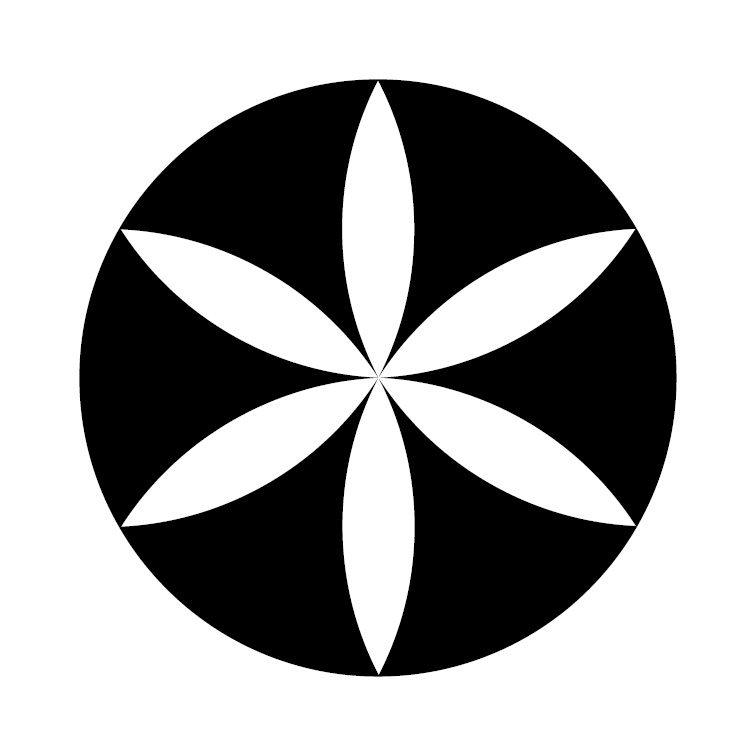Rohbock’s vedutas. A captured place.
In view of the classicistical requirement for truthfulness and preciseness, especially in capturing something genuinely seen, we can speak about the first realistic „portraits“ of towns and natural sceneries. In addition to them, there were also romanticised and fabulous landscapes. The authors of realistic-cum-descriptive vedutas used to search for most appropriate places and views, which the surrounding country, urban or natural, would look most captivating from. Many such specialists –landscapists – often travelled to far away regions just to capture an important place or sights which had been generally little known or not at all yet. Even in Spiš there was a significant group of painters, as early as the late 18th century, who had been enchanted by the local nature that would have an impact on their work for quite some time.
The demand for the ever more popular topographical and travel literature prompted also the production of illustrations. Painted exact depictions (especially water colours) of described towns, castles, spas and mountains were subsequently transformed into graphics, most frequently lithography or steel engravings which, due to their ability of multiple reproductions, suited the requirement of a higher edition number of printed publications. Local and national history writings quickly found their supporters also among the readers of the contemporary Austro-Hungarian monarchy. With graphic sheets, they could discover individual regions of their homeland also visually. In the course of the 16th and the 17th centuries there appeared a whole range of views on some localities in the territory of today’s Slovakia. However, the most interesting ones at that time were the important fortresses in the defensive anti-Turkish line. Spiš towns and castles, therefore, often lacked their depictions until the late 18th or even the 19th centuries.
The presented set of seven views on selected Spiš localities was created by the German landscapist and graphic designer Ludwig Rohbock around the mid 19th century. Johann Richter, Adrián Fesca, Franz Hablitschek, Georg Michael Kurz, Joseph Maximilian Kolb and Wiliam Knopfmacher then engraved them onto steel plates. The collection of steel engravings was part of the second volume (1963) of the three volume topographical publication (1956 – 1964) by Johann (János) Hunfalvy entitled „Ungarn und Siebenbürgen in malerischen Originalansichten“ (Hungary and Transylvania in Pictureques Original Postcards) and together with other localities of present day Slovakia was enclosed, as a pictorial supplement, to the text describing a given locality. The steel engravings were made in Gustav Georg Lange publishing house in Darmstadt (in the centre below the image: Druck & Verlag v. G. G. Lange in Darmstadt). A little further down one can see the address of the seller: Lauffer és Stolp bizományában Pesten.
Rohbock’s vedutas follow and re-create the tradition of the Spiš landscape art of the early half of the 19th century which was dominated by such personalities as John Jacob Müller, Charles Marko, the Elder, Joseph Czauczik or Charles Tibély. In contrast to previous centuries, where only a small quantum of vedutas depicting Spiš towns and landscapes is known, around the mid 19th century their number is rapidly increasing. Worth mentioning is, e.g., the spa town of Starý (Old) Smokovec which had been „portrayed“ before Rohbock (around 1860) by Charles Tibély and Jacob Alt in the years 1834 and 1838, roughly at the same time (around 1859) also by Theodor Boemm and, after him, by Ľudovít Libay together with Rudolf Alt (1861). The works of Libay, Alt, Boemm and Rohbock are compositionally very similar, as Rohbock painted Smokovec from the main road and the remaining two views were carried out from the nearby Charles’s bryony.
